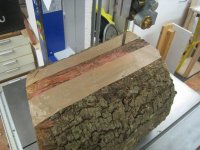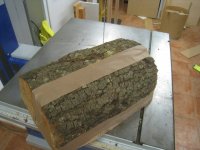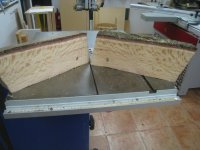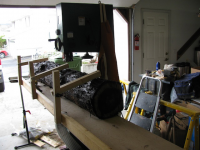Toni Ciuraneta
Member
- Messages
- 5,629
- Location
- Catalunya
Hi guys, a neighbour, has fallen down a holm oak, and I asked him for some wood. Unfortunately, it had alredy cut it down to firewood size so no posibility of getting long boards. But as the wood is very hard, it is good for tool handles and body planes. In here it was the preferred wood for all ww tools. Planes, handles, gauges and so forth.
They measure between 12 and 15-16 inches both in diameter and length. They are freshly cut, (3 days ago) so how do I prepare them to dry? seal the ends with wax or paint? or cut them to boards and store them piled up separated by sticks.? I know that if I leave them like that they will check and split very soon.
Any suggestions?

They measure between 12 and 15-16 inches both in diameter and length. They are freshly cut, (3 days ago) so how do I prepare them to dry? seal the ends with wax or paint? or cut them to boards and store them piled up separated by sticks.? I know that if I leave them like that they will check and split very soon.
Any suggestions?

Last edited:









 If you cut the pith out of that slice from the middle, you'll get a couple of smaller boards that work well for making tool handles and such.
If you cut the pith out of that slice from the middle, you'll get a couple of smaller boards that work well for making tool handles and such.